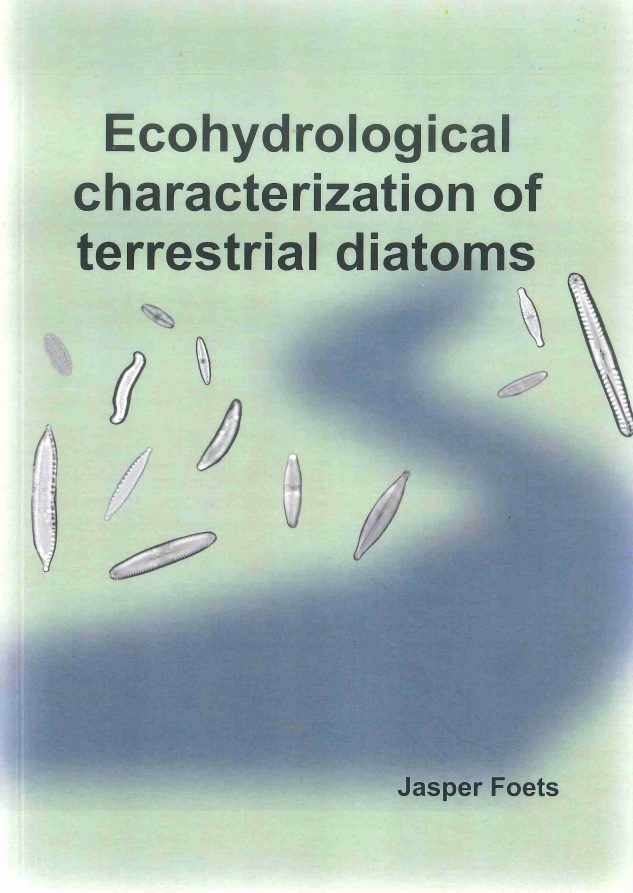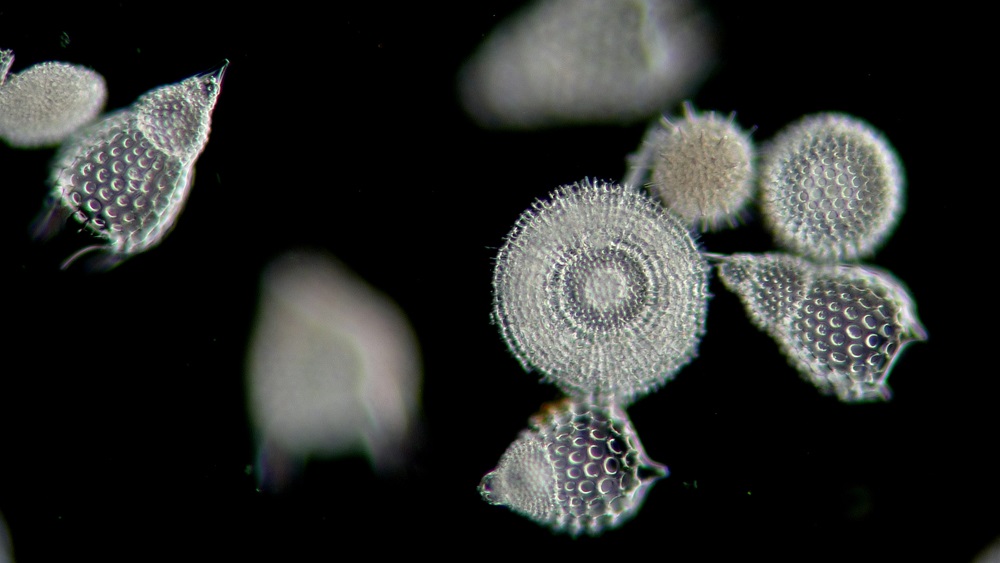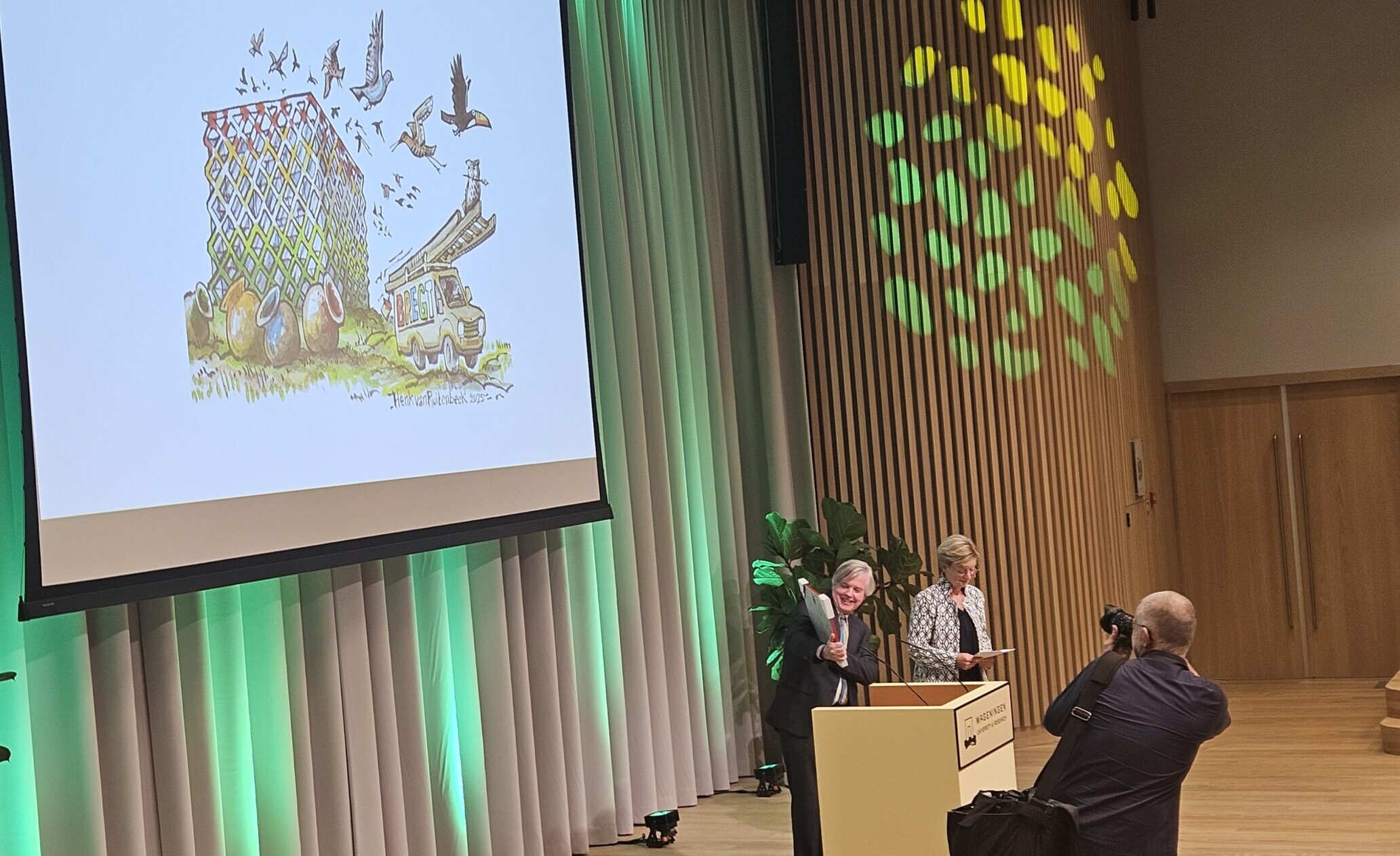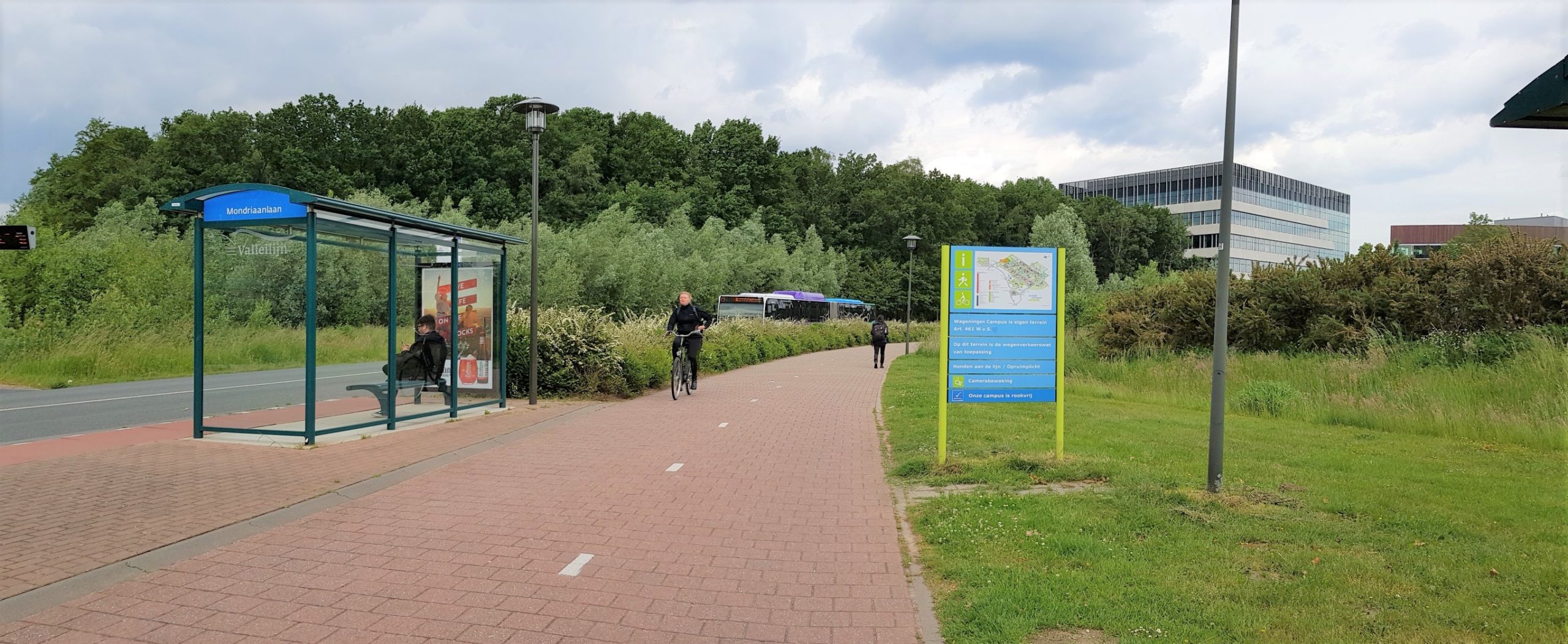There is no telling where the river water downstream originates. Troublesome if you wish to map the hydrology of a river basin. Where does all the water come from? What is the best place to intervene if you wish to control the stream? Indicators in the water would be useful. Diatoms (which live on the sediment) can serve as such indicators.
Attert
This is revealed through a study on diatoms conducted by Belgian scientist Jasper Foets. He obtained his PhD by studying the relationship between sediment diatoms in river water samples and the origin of the water that carried the unicellular organisms. He conducted his investigation in the river basin of the Attert in southern Belgium near the border with Luxembourg.

Diatoms are unicellular algae that cannot be discerned by the naked eye. They have a hard skeleton made of pebbles, which explains the Dutch name, which translates into Pebble Weed. Seen under an electron microscope, the geometrical patterns on the skeleton are veritable works of art. Over 64,000 different species are currently known, but there are many more.
Diversity
Each sediment has its own diatom community. This diversity makes it possible to use them as indicators in the river basin. Wastewater from the sediment carries the diatoms downstream. By analysing the diatoms in a water sample further downstream, the origin of the water can be determined.
Foets studied hundreds of sediment samples from the river basin of the Attert under a microscope to map the characteristic diatoms. A truly painstaking endeavour. ‘Of some samples, I was able to do no more than two a day. There are some 200 species that are prevalent. Some are well known, but I was regularly forced to check identification handbooks.’
Diatoms photosynthesise and thus need light. Ploughing kills the existing community, and rebuilding takes time
Jasper Foets, eco-hydrologist
But, with success. Foets discovered indicator species that reveal the acid level and land use of their place of origin. ‘As well as indicators for the humidity. Some species prefer wet soils. Others prefer dry conditions. Moreover, wetter soils result in more diatoms. ‘He also proved that soil cultivation severely affects the diatom communities.
Ploughing
‘Ploughing disrupts the soil’, Foets explains. Diatoms photosynthesise and thus need light. Ploughing kills the existing community, and rebuilding takes time.’ Grazing cattle also causes considerable changes in the diatom community, which makes tracing in disrupted landscapes a challenge.
The use of diatoms to trace water is still far from applicable. The method is too labour-intensive and thus expensive. However, that may change. Foets: ‘My co-supervisor Carlos Wetzel of the Luxembourg Institute of Science and Technology (LIST) is working on determining the composition of species using DNA-barcoding. In time, it will be easier and faster.’

 Photo: Shutterstock
Photo: Shutterstock 

